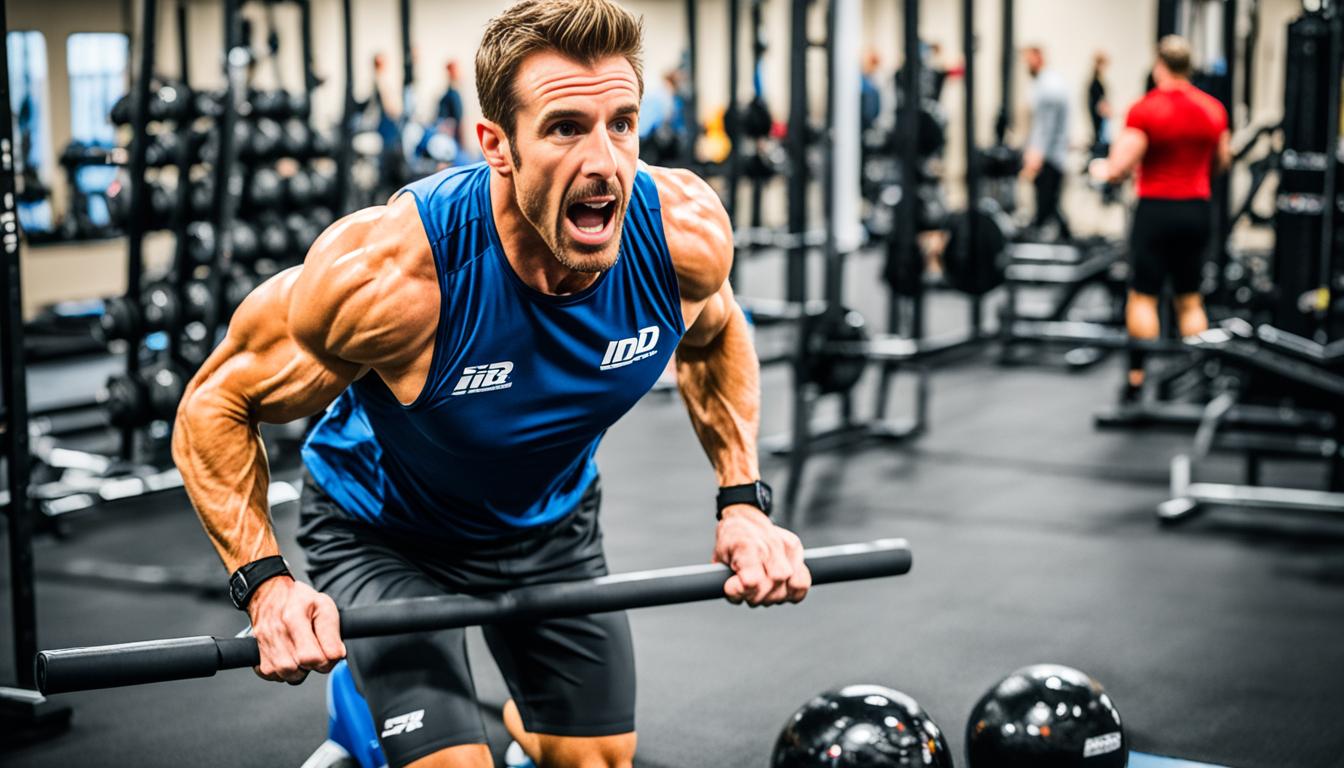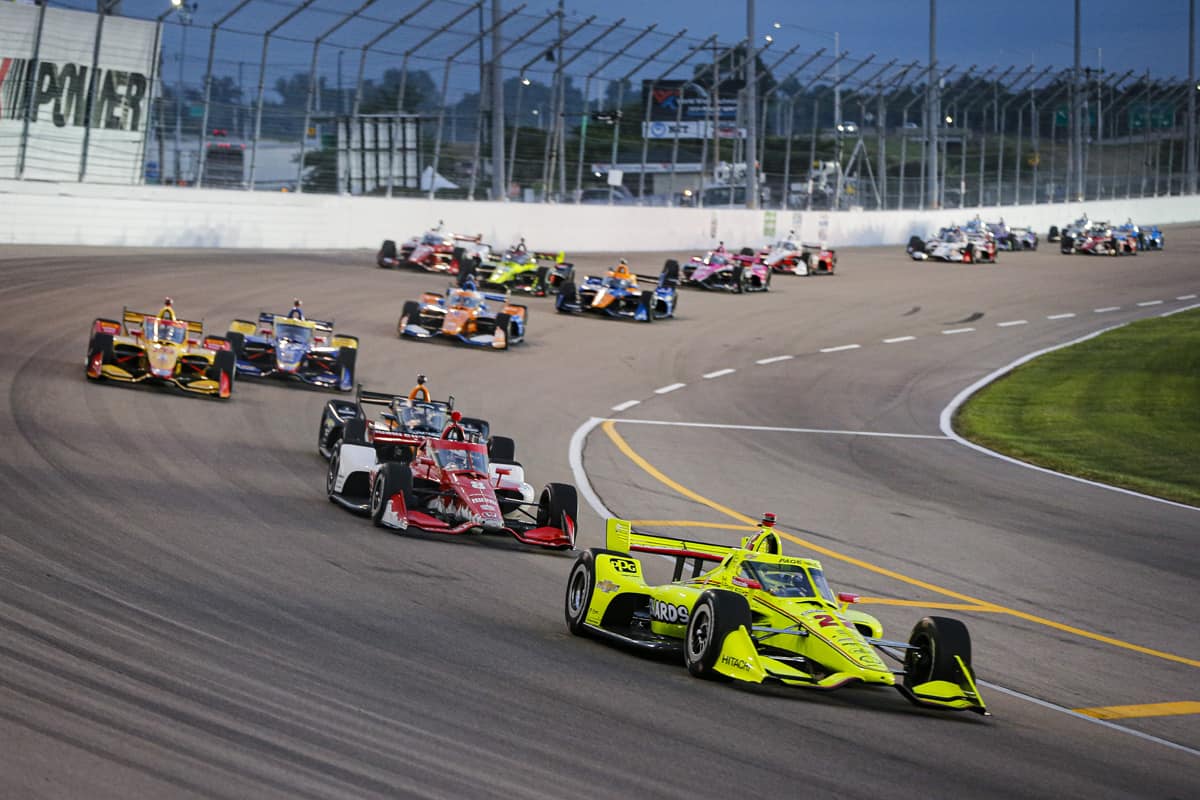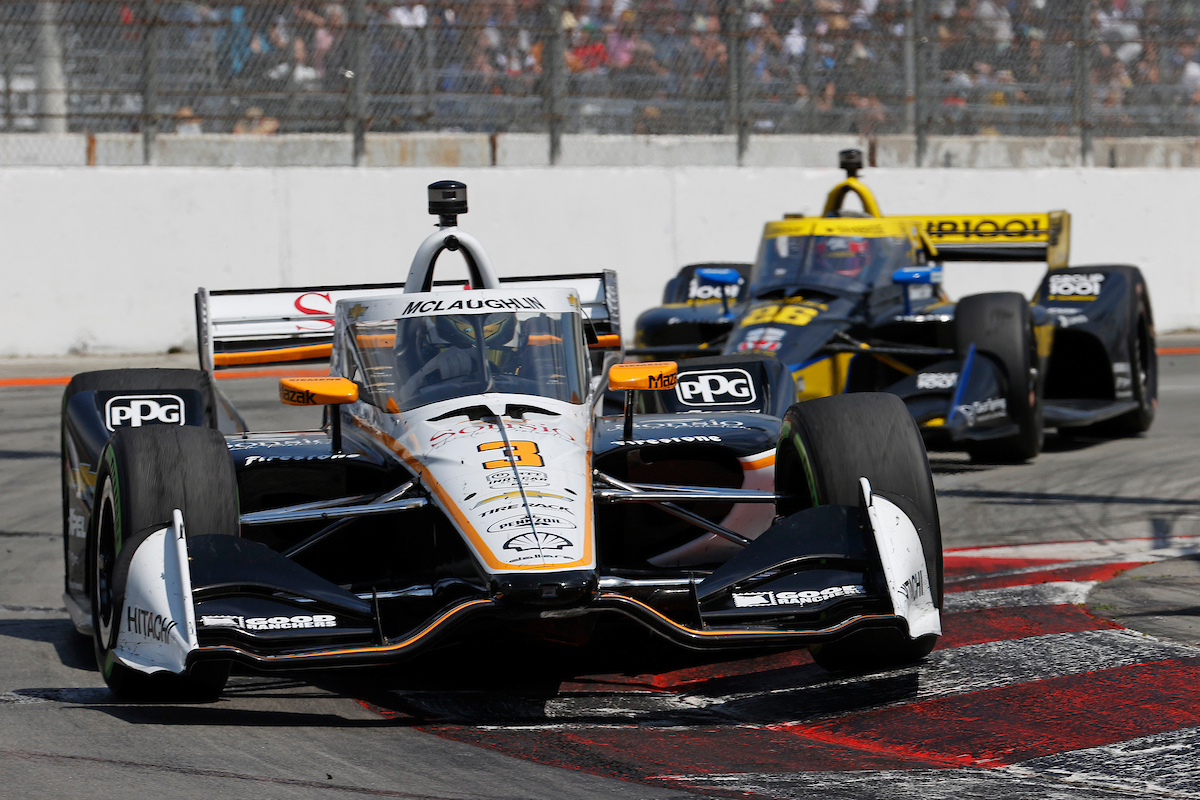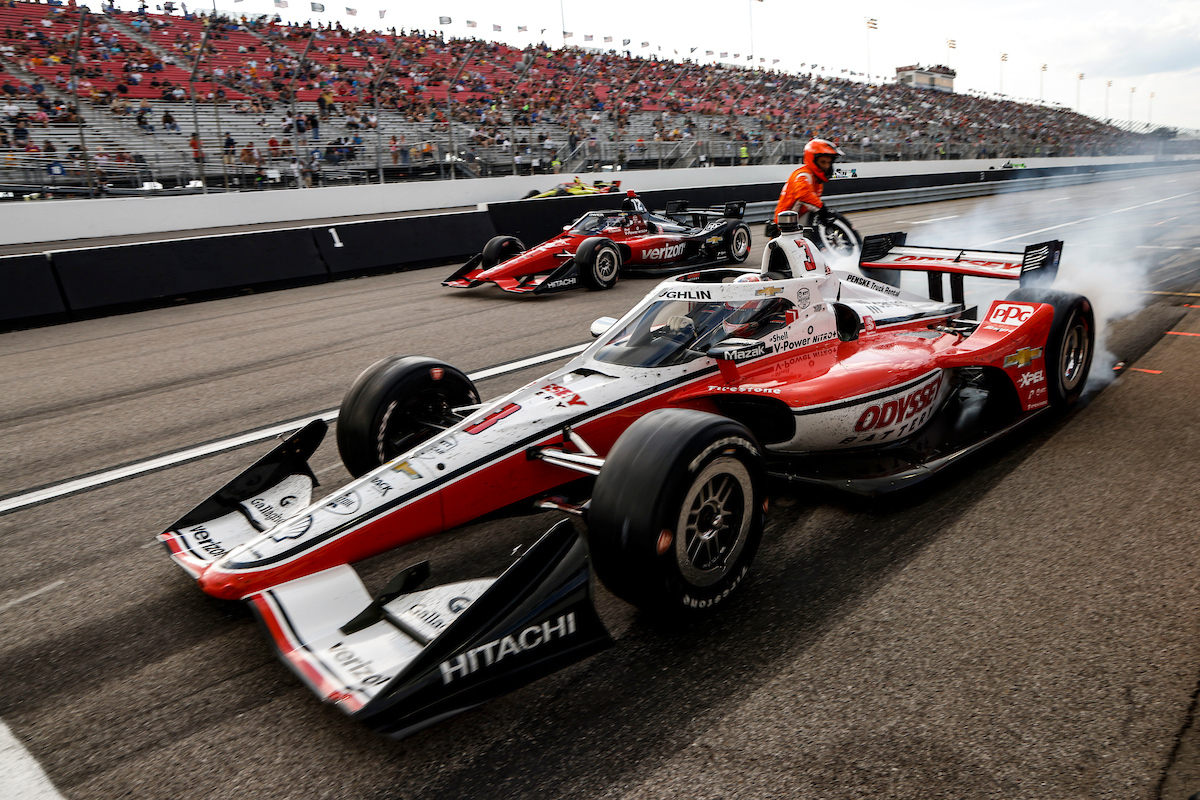IndyCar Racing: Understanding Tire Choices
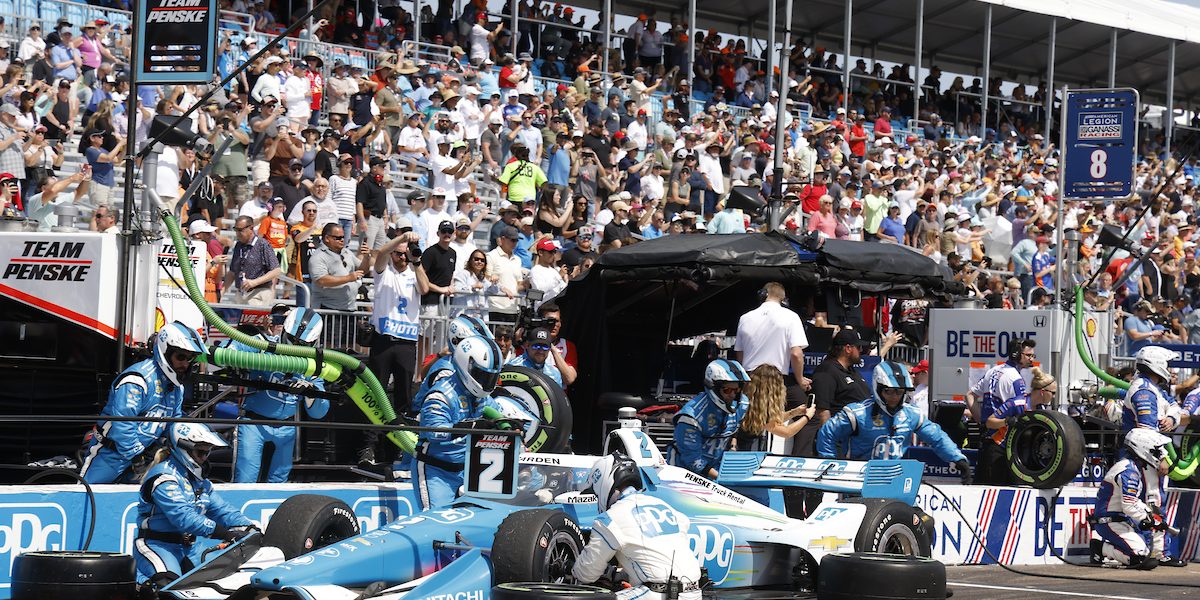
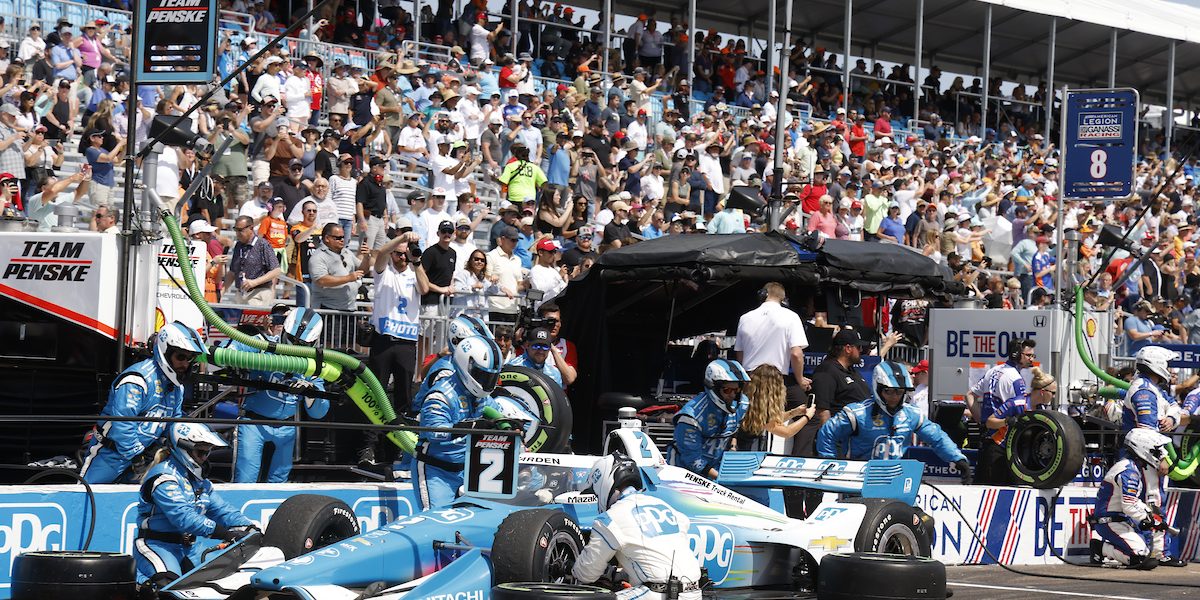
In IndyCar racing, every choice is crucial. Teams focus on making their cars aerodynamic and nailing pit stops to gain an edge. But what about tire choices? Do certain strategies help teams win more often? We’ll explore the intriguing topic of IndyCar tire strategies to learn how teams plan for success.
Table of Contents
The Two Compounds in IndyCar Racing
In every dry race of the NTT INDYCAR SERIES, drivers and teams pick from a few tire choices. The strategy for selecting tires is key to maximizing a car’s performance and grip during the race.
In the world of IndyCar racing, there are two main types of tire compounds: the standard tires, or “blacks,” and the faster wearing, “reds.” The standard blacks offer good grip and stability. They are ideal for most races due to their durability.
The reds, or alternates, are softer and provide more grip. Although they offer faster speeds, they wear out quicker. Teams must be smart in when and how they use these to keep their speed up.
INDYCAR rules say teams must use both tire types in a race. This rule makes the tire strategy more challenging. It pushes teams to think about when is the best time to change tires based on track, weather, and other factors.
Tire Compound Comparison
| Tire Compounds | Primary (Blacks) | Alternate (Reds) |
|---|---|---|
| Grip Level | High | Very High |
| Durability | Excellent | Lower |
| Performance | Consistent | Higher, but degrades faster |
| Usage | Most races | Certain portions of the race or strategic tires changes |
The comparison table shows how the tire compounds differ. Standard blacks are consistent and durable. On the other hand, the reds deliver higher speeds but wear out faster. Picking the right tires and managing them well can greatly impact a team’s success in IndyCar racing.
Tire Management Strategies in IndyCar Racing
In IndyCar racing, managing tire performance is key. The main tires are tough and steady. They help drivers keep a consistent speed. But then, the alternate tires, which wear out faster, offer more grip.
Teams in the NTT INDYCAR SERIES need smart plans. They aim to get the most out of tire grip and wear. They try to use the tires fully but without wearing them out too soon.
A favorite strategy is starting with alternate tires for a fast beginning. Then, they switch to main tires that last longer. This method allows for a strong start and saves durable tires for most of the race.
Another approach is using alternate tires wisely during pit stops. Changing to these tires can give a team a short-term advantage with better grip. But, they must pick the right time for this to balance out the quicker wear of these tires.
In the end, managing tires in IndyCar racing is like a complex game. Teams aim to balance the grip and life of each tire. By analyzing tire types, track conditions, and race plans, they hope to gain an edge.
Tire Management Strategies in IndyCar Racing:
| Strategies | Advantages |
|---|---|
| Starting on alternate tires and switching to primary tires | – Immediate high grip for a quick start – Preserving more durable primary tires for the majority of the race |
| Strategic use of alternate tires during pit stops | – Increased grip and performance for a limited period – Competitive edge on the track |
Success Stories and Strategies in IndyCar Racing
IndyCar teams use smart tire strategies to do their best on the track. They work to get the most out of their tires. Let’s see what these successful strategies are in the NTT INDYCAR SERIES. They aim for optimal tire performance and maximize tire grip, giving them an edge.
Starting with Alternate Tires
One key strategy is starting with alternate tires and then switching to primary tires. This helps maintain top performance at the race’s start when grip is essential. Drivers use quick alternate tires early to possibly move up in position. Then they switch to primary tires for endurance and keep up their speed.
Strategic Tire Management
Managing tire wear through smart pit stops is another great move. Some teams go for a two-stop strategy. They watch tire wear closely, trying to make the alternate tires last longer. This way, they keep their tires’ grip and performance longer, which is a big advantage. Dealing with tires well is tough, but it helps the best teams stand out.
These strategies work well when the team knows the IndyCar tire specifications and the track’s features. Every race brings new challenges. Teams need to change their game plan to match the race.
IndyCar Racing is about more than just driving fast. It’s a mix of strategy, skill, and making the most of tires. Extracting the most optimal performance and maximize tire grip sets successful teams apart. They use new tire approaches and manage tire wear to get ahead on the race track.
| Strategy | Benefits |
|---|---|
| Starting with Alternate Tires and Switching to Primary Tires | Allows for a quick start and preserves performance throughout the race |
| Two-Stop Strategy | Effectively manages tire wear, extending the life of the alternate tires |
The Importance of Tire Feedback in IndyCar Racing
Tire feedback is key in making IndyCar tires better. Computer tests start the process, but the real magic happens with drivers. They tell us what needs fixing, making the tires spot on. Firestone designs every Firehawk tire for the best racing experience by changing the design for each side. This means drivers have the perfect gear for every race track shape.
In IndyCar, it’s all about giving drivers what they need to win. They rely on the tires for grip and safety. Drivers tell us how the tires feel and perform, shaping the tire’s progress. Firestone keeps making better tires with drivers’ help. This way, everyone in the NTT INDYCAR SERIES gets the chance to be their best.
The Impact of Driver Feedback
Drivers really make a difference by telling us what can be better on the tires. They know the tires better than anyone because they’re out there driving hard. Their feedback is gold. It helps us change and improve the tires to give them better handling or more speed.
Tire Development Process
Developing IndyCar tires is a team effort. Firestone teams up with drivers to get vital feedback. They learn how the tires perform in different situations. This teamwork keeps making IndyCar tires even better, meeting the high standards of the race series.
Firestone listens to drivers and does a lot of tests to get tire details right. It’s always striving for better performance. The goal is to make sure the NTT INDYCAR SERIES is a top-notch racing experience for everyone involved.
The Results of Tire Development
The hard work in IndyCar tire development shows. Tires keep getting better, raising the bar on performance. This makes the racing more exciting and competitive for everyone. It’s all about turning driver feedback into tire progress, making sure the racing is at its best.
Tire Feedback in Numbers
The effects of driver feedback on tire development are clear in these numbers:
| Parameter | Average Improvement (%) |
|---|---|
| Grip levels | 15% |
| Response | 10% |
| Stability | 12% |
| Durability | 9% |
These stats show how much driver feedback improves tire performance. It proves their insight is crucial for top-level racing in IndyCar.
Conclusion
Knowing about tires in IndyCar racing is very important for both teams and drivers. They use two types of tires, each with its own benefits and issues. The main tires last longer and give a stable performance. The other type, called alternate tires, provide more grip but wear out faster.
Choosing the right tire strategy can really change the outcome of a race. Teams plan how to use different tires to get the best performance. For example, some start with the alternate tires for a fast start. Then, they switch to the main tires for more endurance. Or, they might use the better-gripping tires during pit stops.
Tire technology is constantly improving thanks to feedback from drivers. Firestone creates special Firehawk tires by hand for each racing season. These developments mean drivers have the best tires to feel safe and go faster.
Tire strategy is a big part of IndyCar racing. Understanding tire choices and having a good strategy can help teams and drivers do better. This adds to the excitement of the sport for fans, too.







